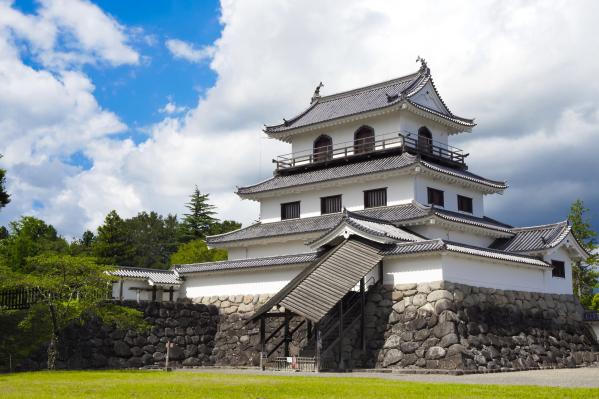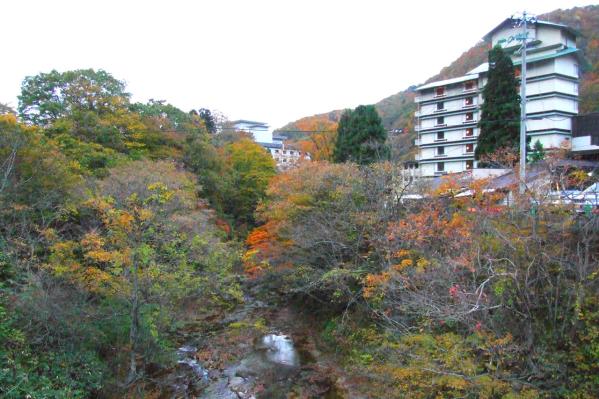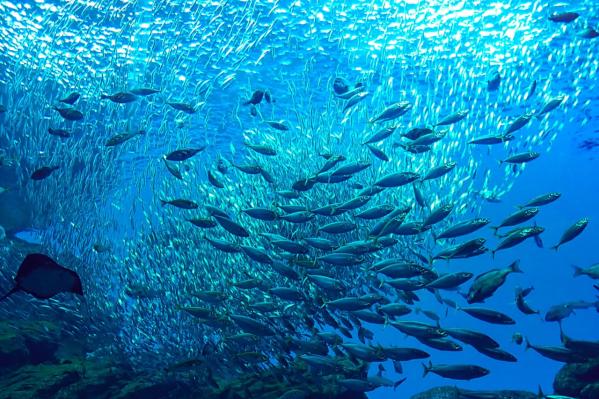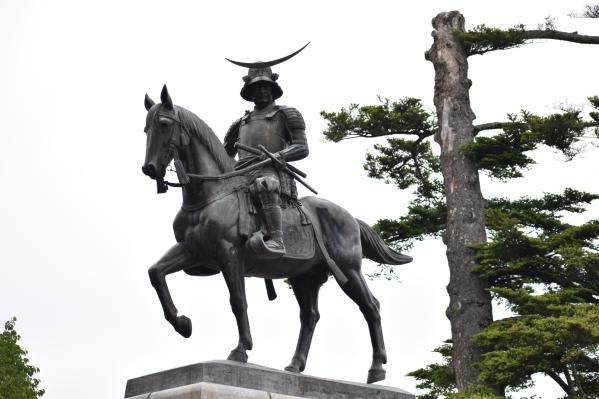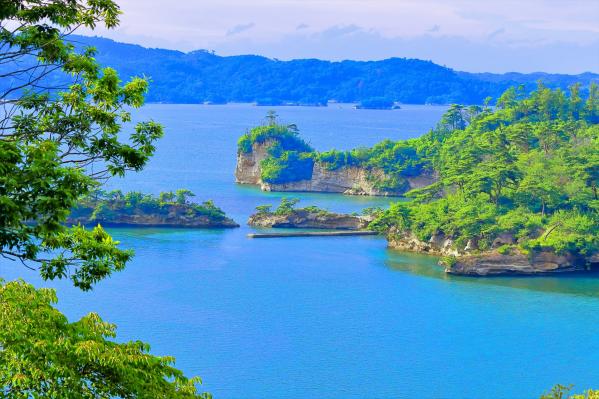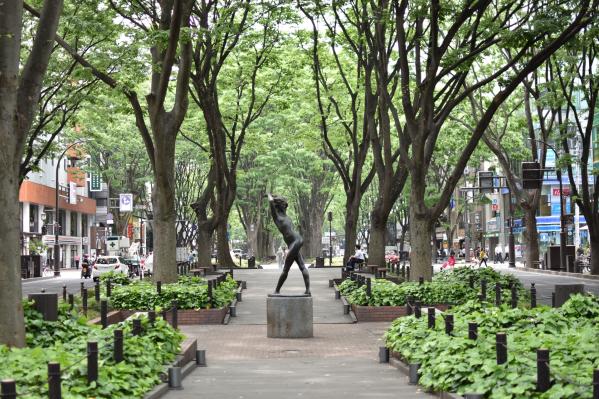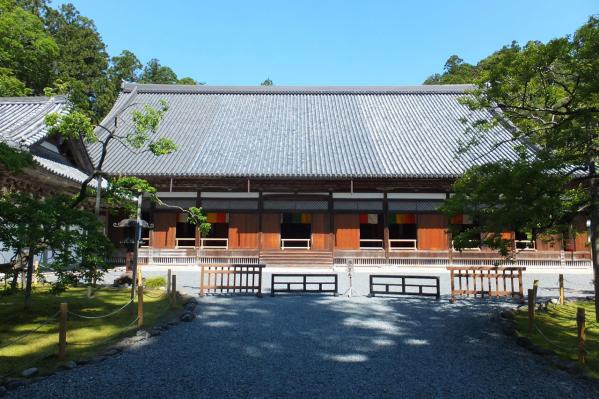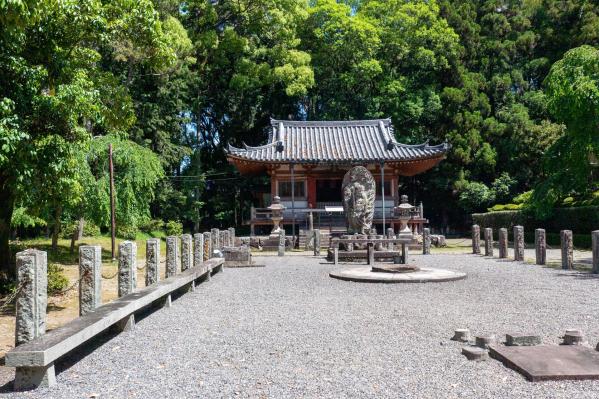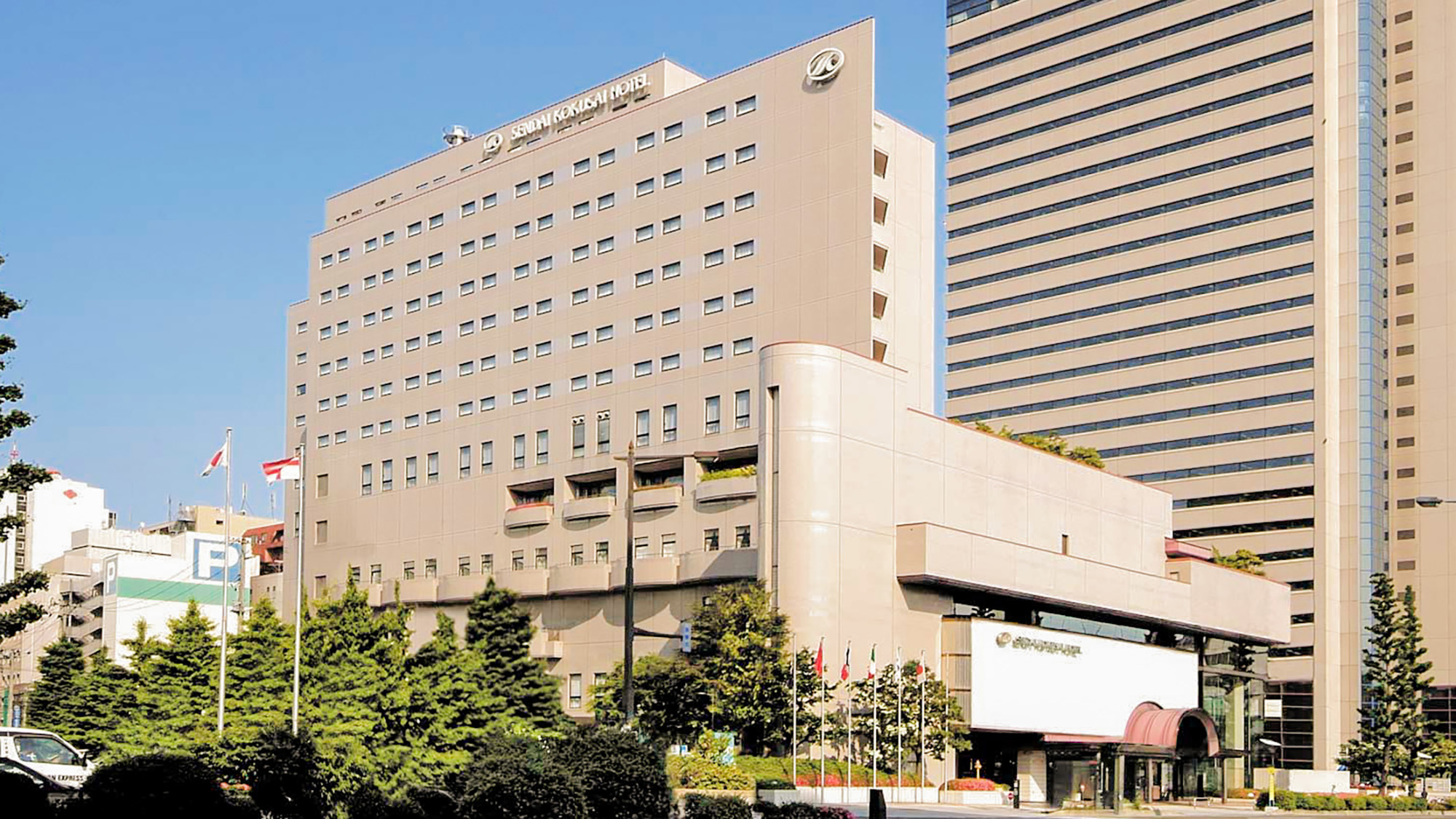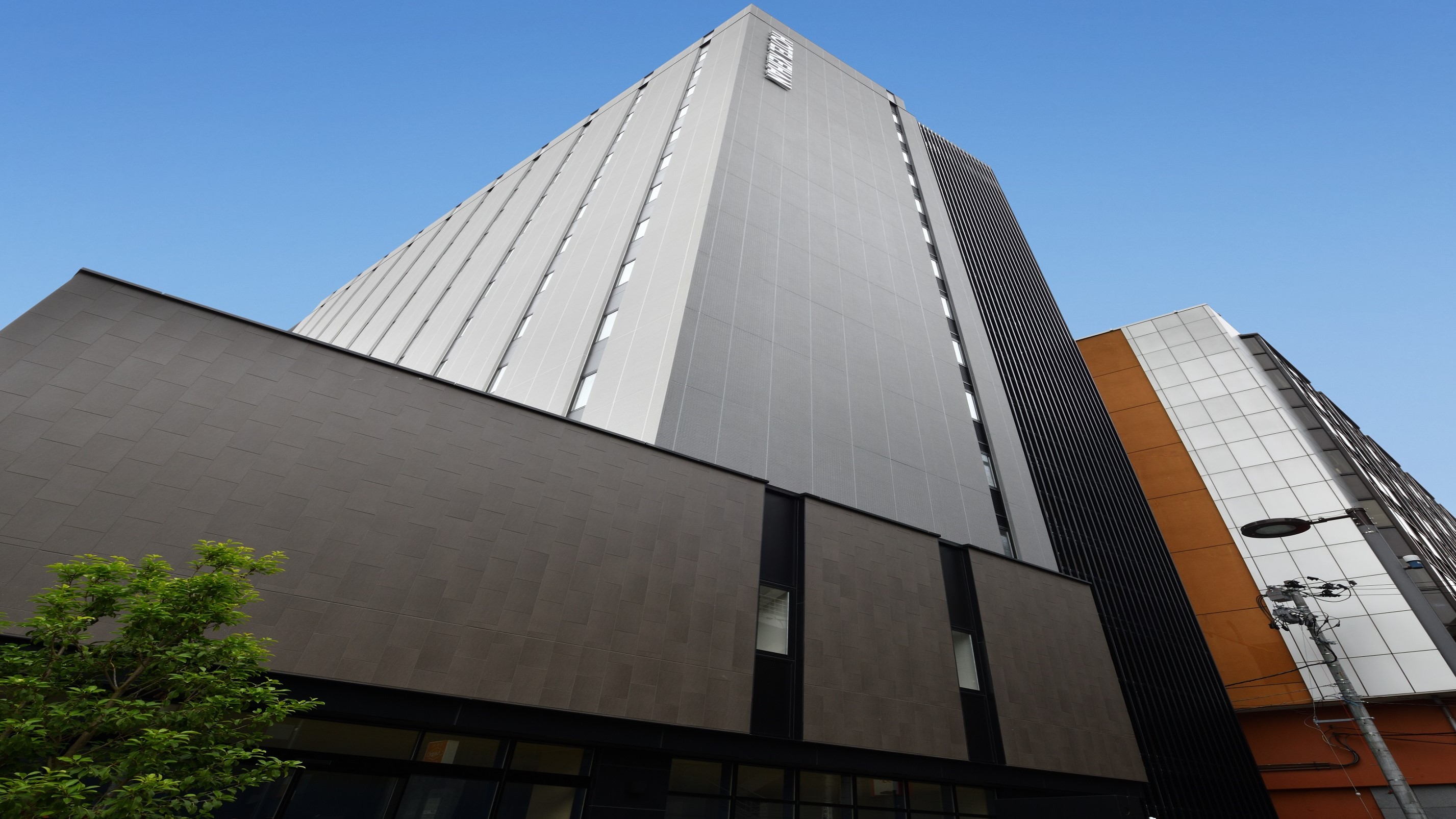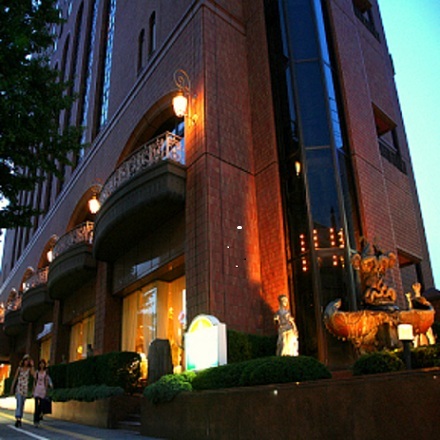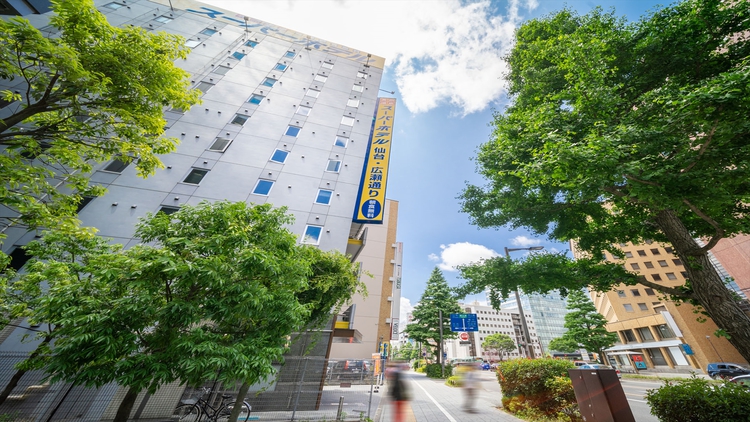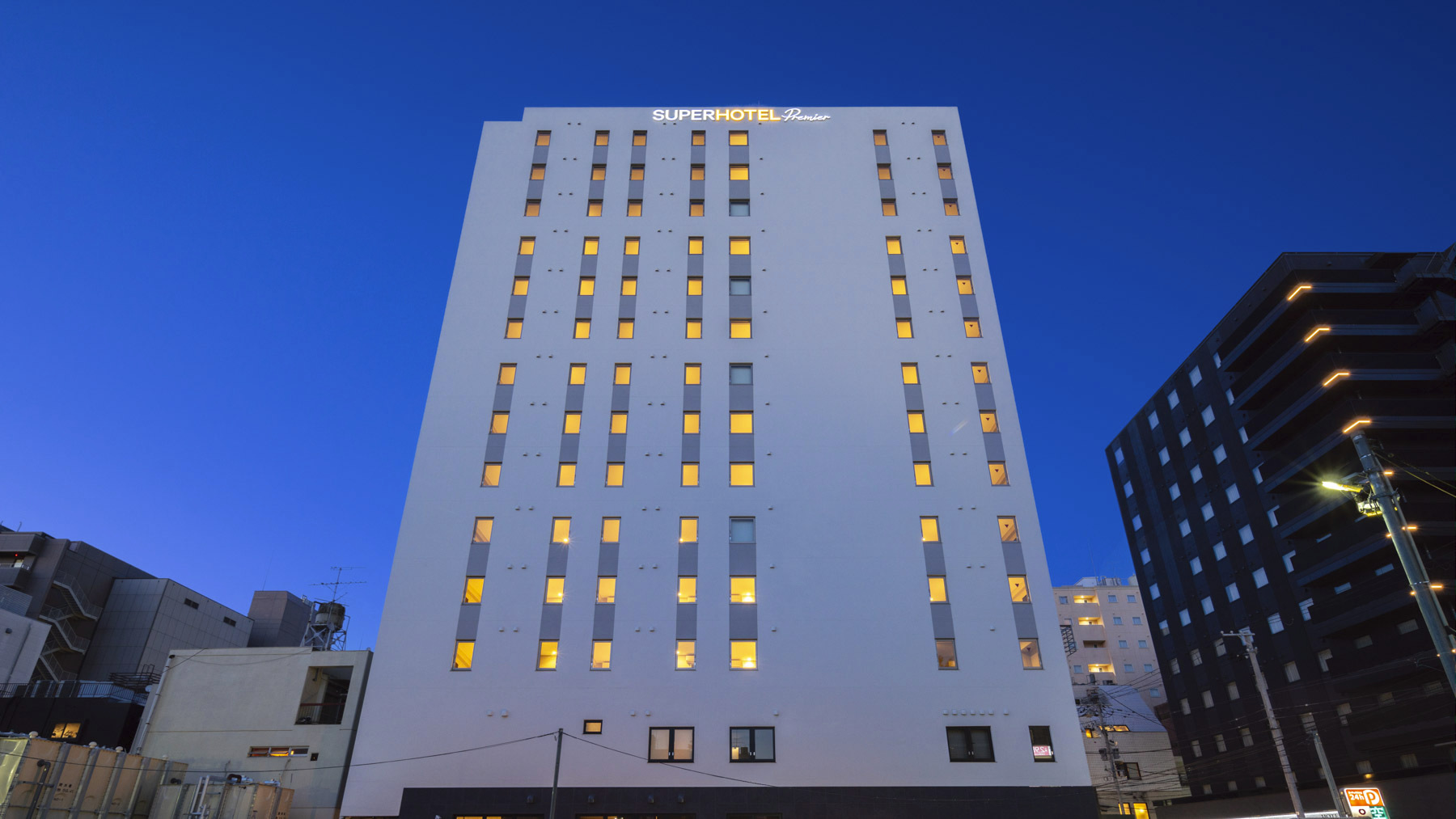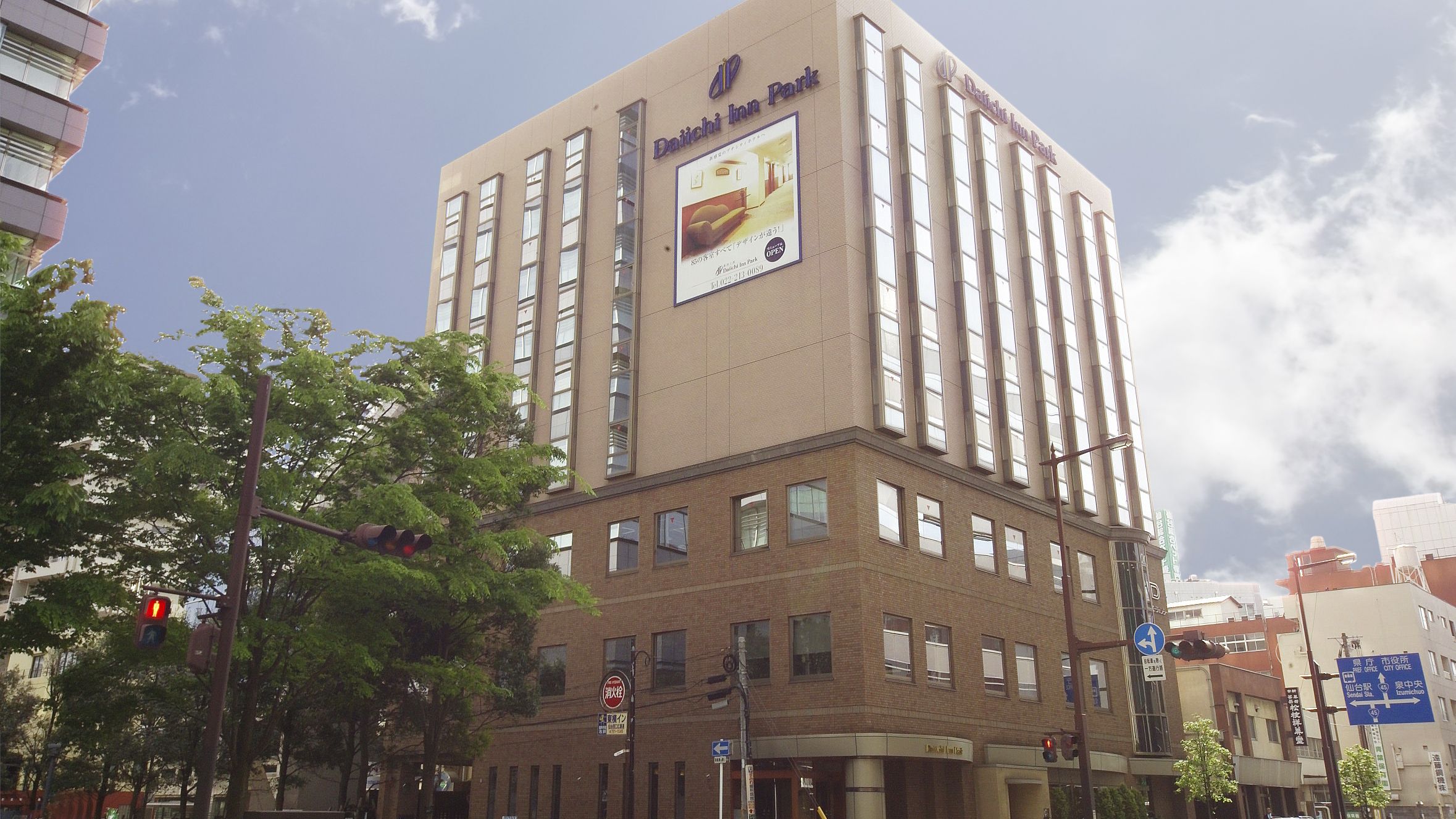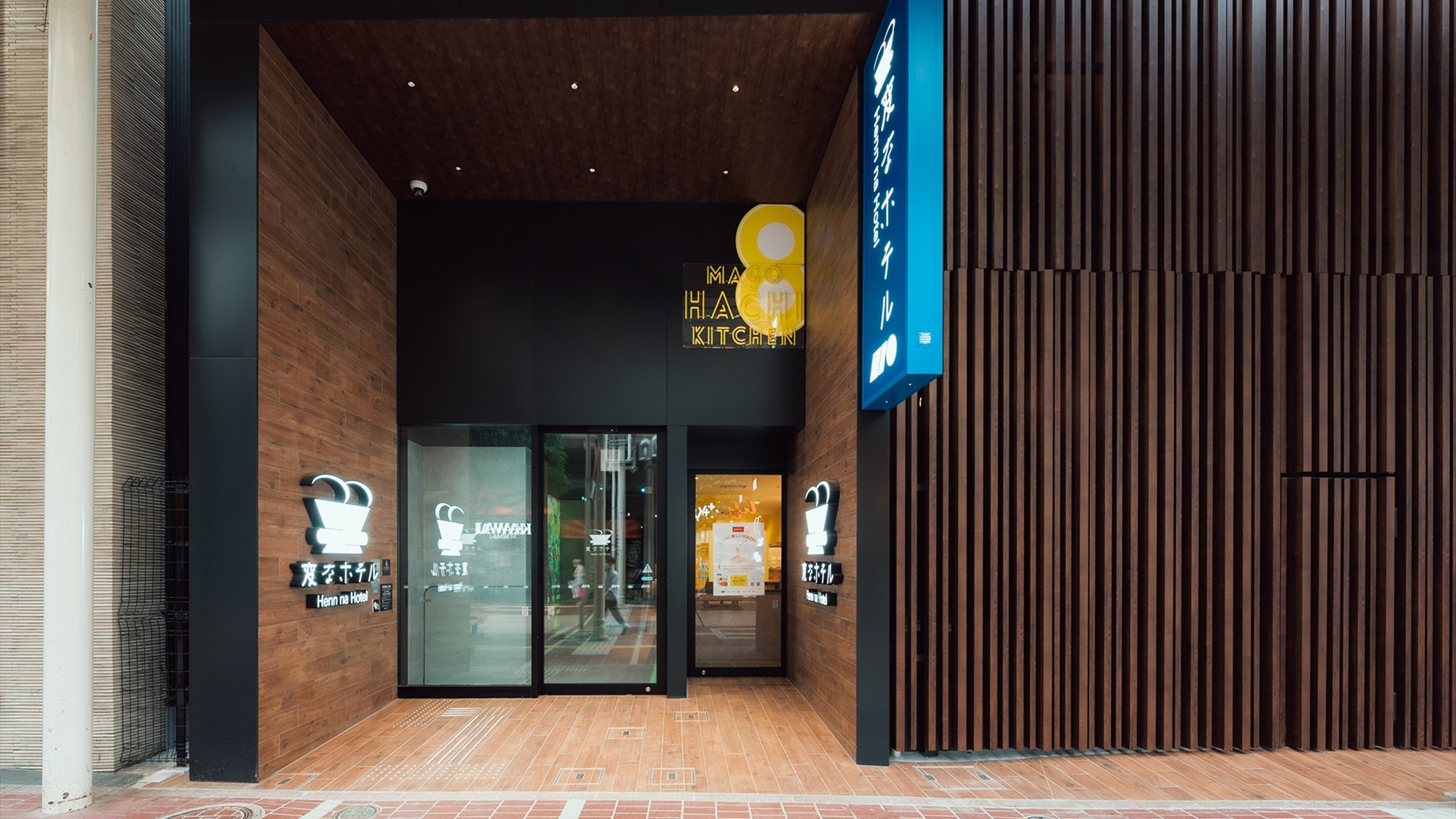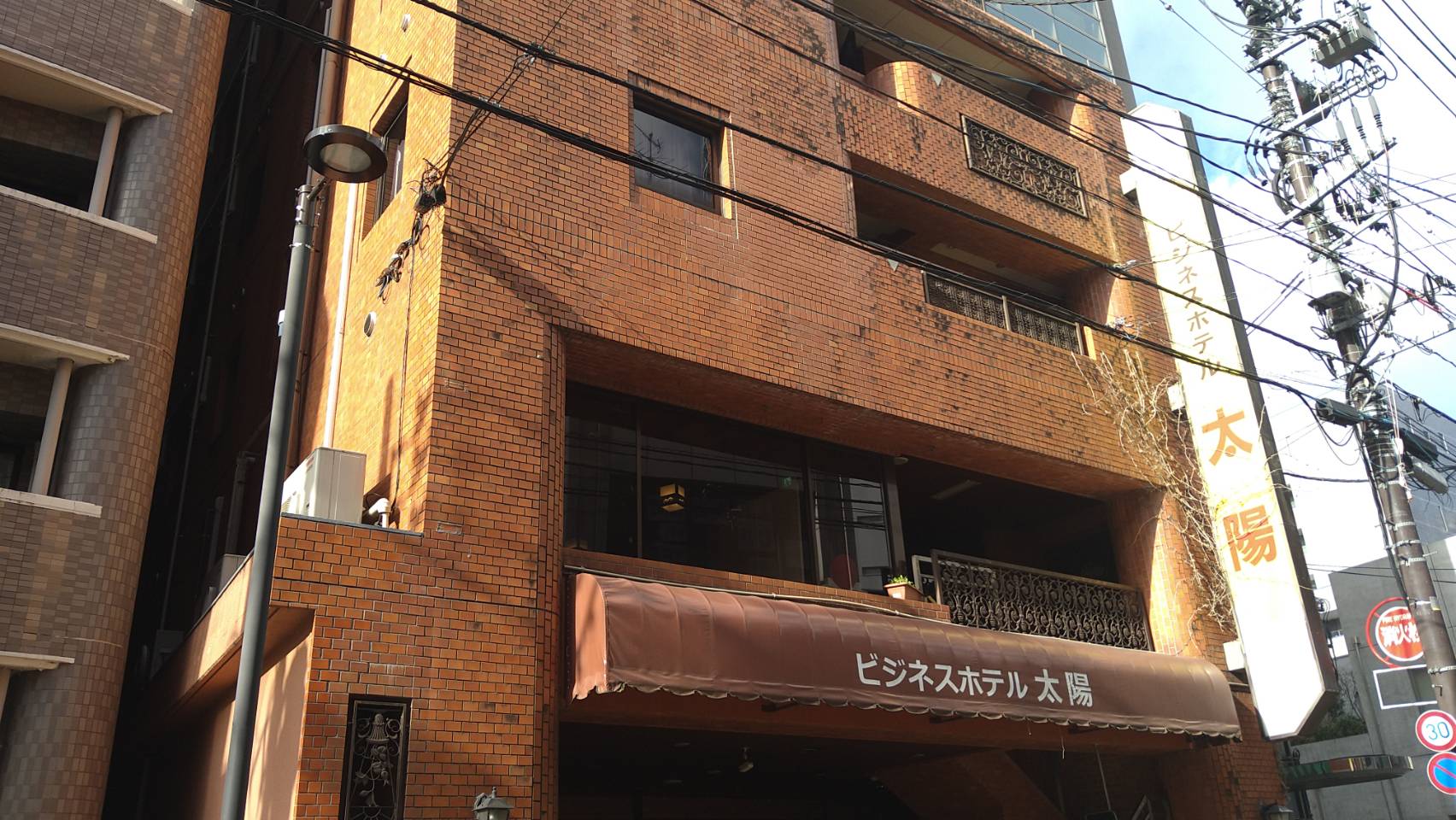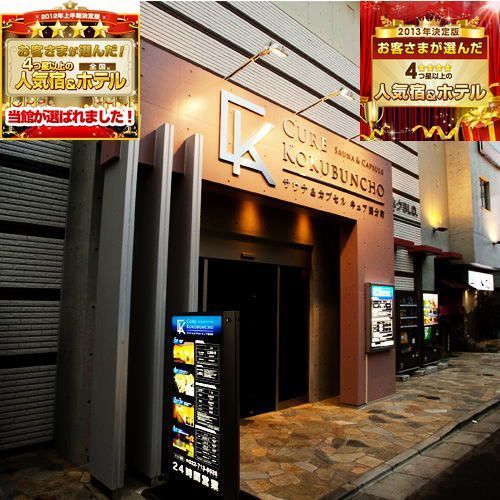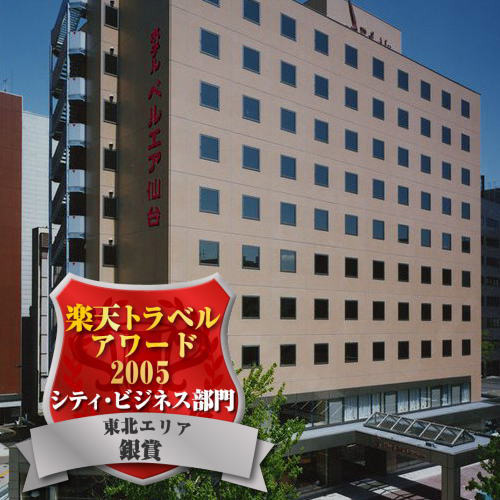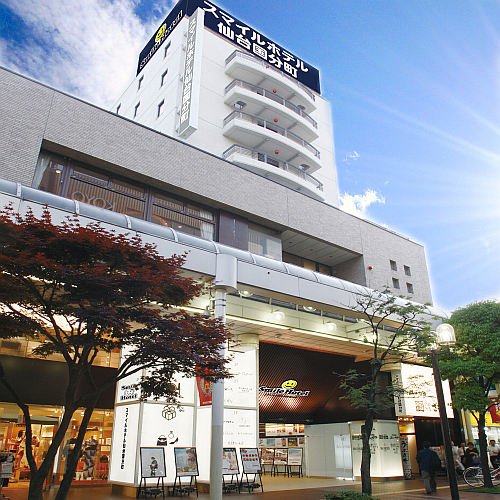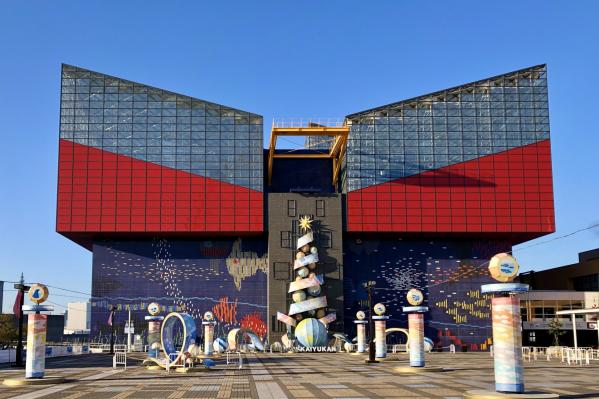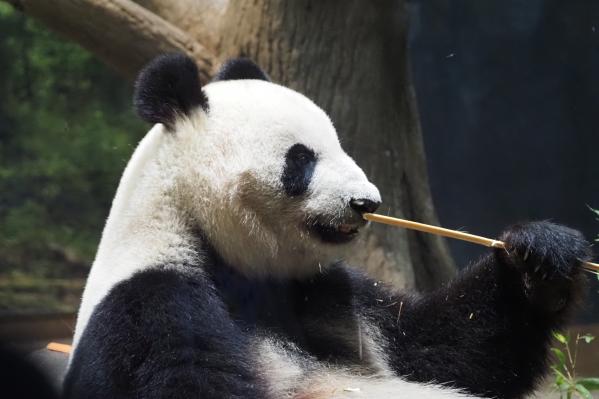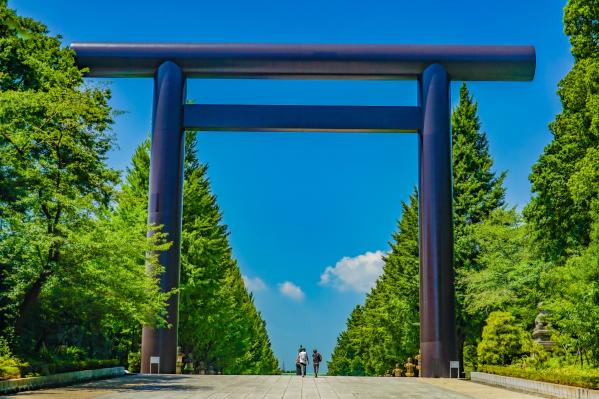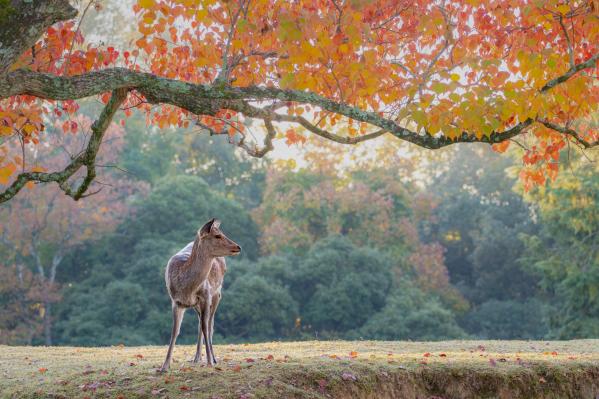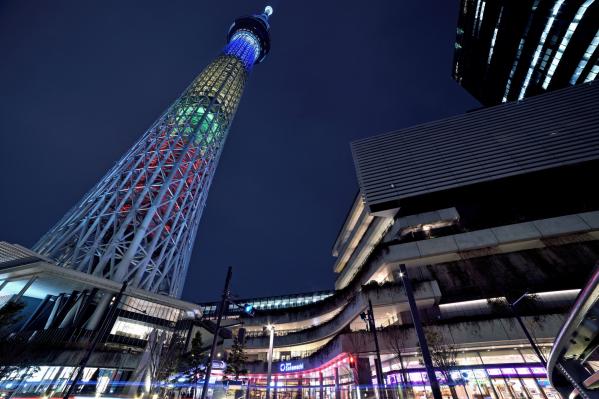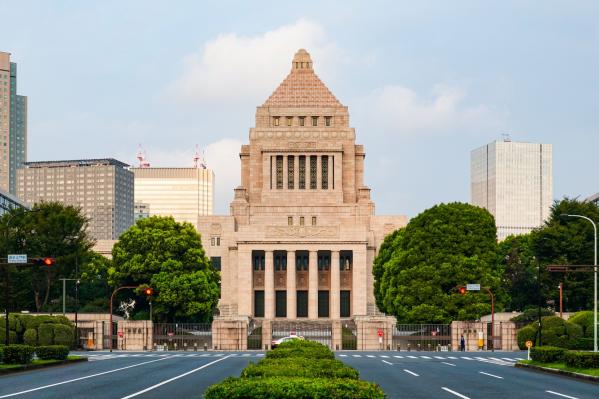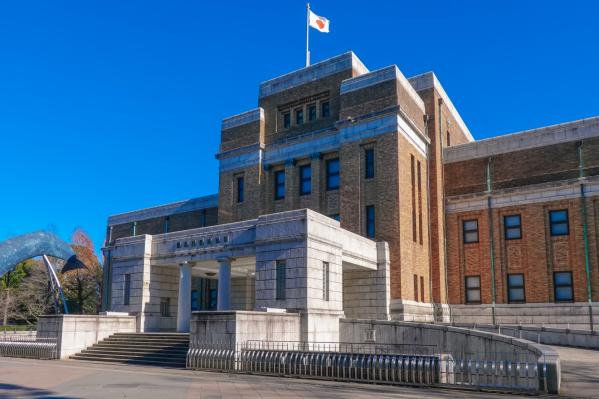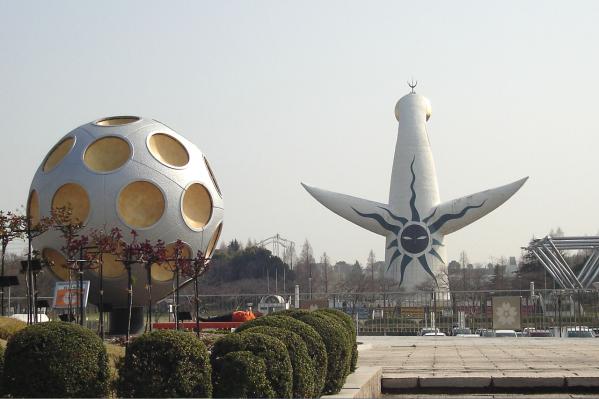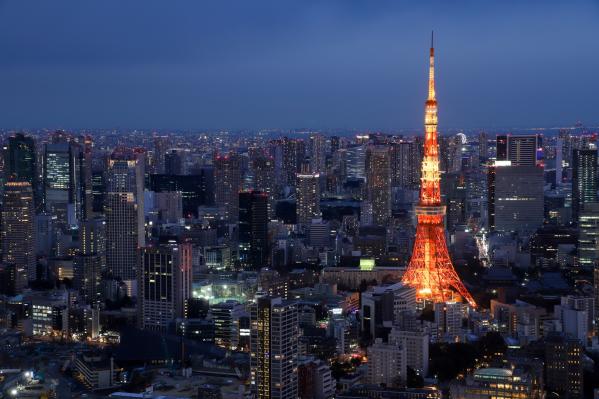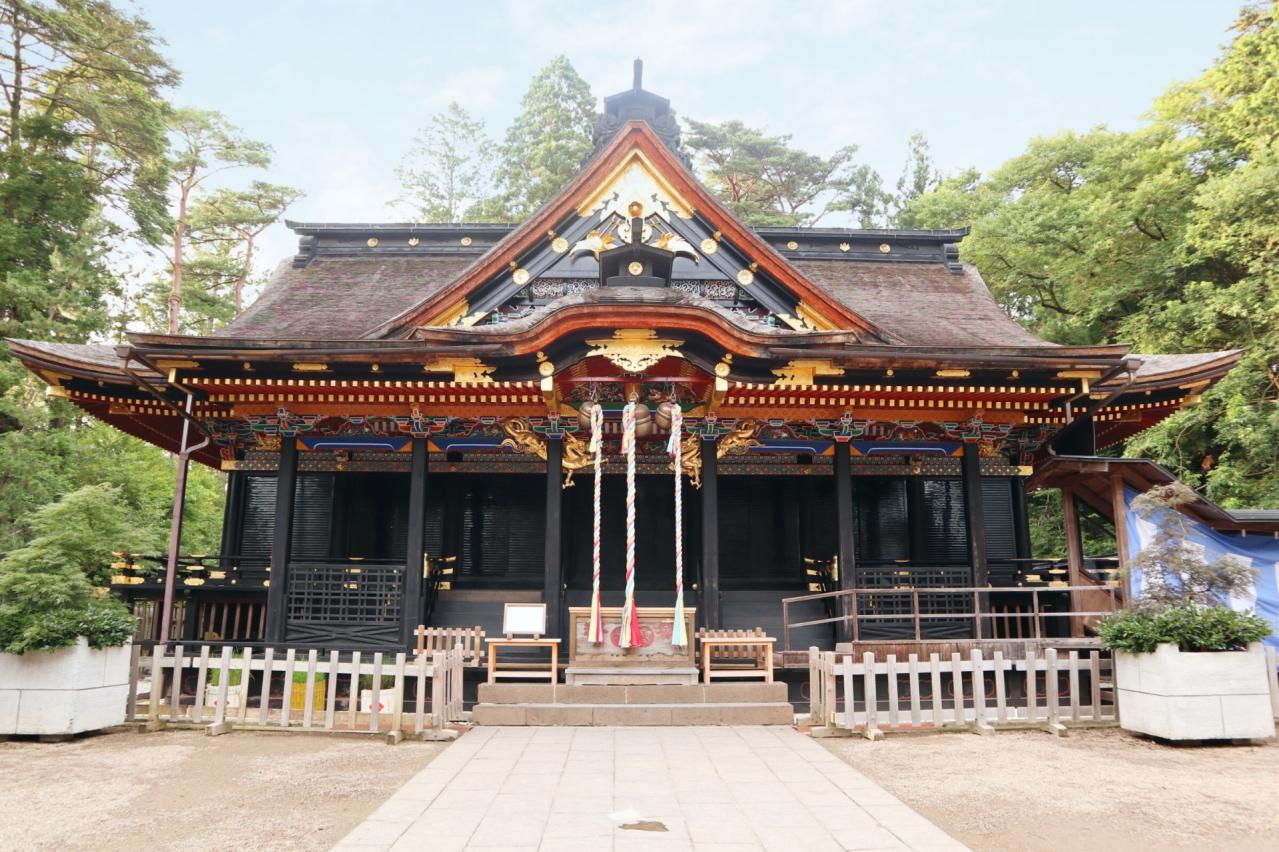
Oosaki Hachimangu
Basic Information
- Spot Name
- Oosaki Hachimangu
- Location
- 〒980-0871 4-6-1 Yahata, Aoba-ku, Sendai-shi, Miyagi Prefecture
- Access
- Take the Sendai city bus bound for Minami-Kichinai from JR Sendai Station, and it's a 20-minute ride to Ohsaki Hachiman-gū-mae stop, which is just a short walk from there.
- Parking
- Parking available for 40 vehicles.
- Business Hours
- 6:00 AM to 6:00 PM (last admission)
- Regular Holiday
- Open every day.
- Fees
- Free
- Contact Information
- Phone Number:022-234-3606
- Official Website
Map
Detailed Information
Osaki Hachimangu Shrine is one of the representative shrines in the Tohoku region, located in Aoba Ward, Sendai City, Miyagi Prefecture. It has garnered strong faith from the citizens as "the guardian shrine of Sendai." Originally, the Hachimangu Shrine was located in the Osaki region and was venerated by the Date clan. In 1607, under the orders of Date Masamune during the construction of Sendai Castle, it was relocated to its current site.
The National Treasure Shrine Building
The shrine building consists of three structures: the main hall, the stone room, and the worship hall, which were designated as a National Treasure in 1952 (with an additional designation for one wooden plaque). It is a prime example of the Gongen-zukuri style (stone room style), where the main hall features a kirizuma-zukuri (gabled roof) design with five bays in the length and three in the width, the stone room measures 5 bays by 2 bays, and the worship hall measures 7 bays by 3 bays, all with a bark roof. The front features a Chidori-hafū (bird-shaped gable) and the hall has a Nokitaru-hafū (ornamental gable), while the inner ceiling of the stone room is adorned with various designs including flowers, medicinal herbs, celestial beings, cats, butterflies, and peonies. The exterior and interior are coated in black lacquer with a base of gofun and brightly colored decorations, showcasing exquisite carvings and metal fittings, exemplifying the grandeur of Momoyama architecture.
Cultural Properties on the Grounds
On the shrine grounds, there is a "Nagazoko" designated as an important cultural property by the national government, characterized by its simple construction of unpainted wood, also called a "Warihaiden." Additionally, the "Ishi Torii" (stone torii gate), believed to have been built during the Kanbun era (1660s), is designated as a tangible cultural property by Miyagi Prefecture. Furthermore, the shrine office, the former priest’s lodging, and the sacred horse stable are registered tangible cultural properties, and the stone steps within the precincts are designated as tangible cultural properties by Sendai City, making the entire shrine a treasure trove of history and culture.
Deities and Faith
The deities enshrined are Hondawake no Mikoto (Emperor Ojin), Emperor Naka-ō, and Empress Jingu, collectively known as the "Hachiman Three Deities." They are widely revered as deities of protection against misfortune, granting blessings, ensuring victory, and safe childbirth. Particularly, they are known as the guardian deities for those born in the years of the dog and boar, and also revered by athletes as deities of success, with many ema (votive tablets) for victory prayers offered at the Long Floor on the shrine grounds.
Festivals and Events
Many festivals are held throughout the year.
Matsutaka Festival (Donto Matsuri): The largest New Year event in Sendai, held on January 14, where New Year decorations and old talismans are burned in the sacred fire to pray for a year of health and safety. Approximately 100,000 people visit annually, and the "Naked Pilgrimage," where participants don white headbands and traditional attire, is known nationwide as a winter tradition in Sendai.
Annual Grand Festival (Reitaisai): Held in mid-September, featuring the "Noh Kagura," designated as a prefectural intangible folk cultural asset, performed at the Long Floor on the eve of the festival. The following day, a grand portable shrine procession moves through the neighboring town, and archery ceremonies are conducted on the shrine grounds, preserving the traditions associated with the Date family.
History and Preservation
Osaki Hachimangu Shrine has been devoutly worshiped as the guardian deity of the Date family, serving as a protector of Sendai Castle. From 1999 to about 2004, extensive preservation and repair work took place, completed in the autumn of 2004, restoring the majestic appearance of the shrine to its original splendor at the time of its founding.
Osaki Hachimangu Shrine is a masterpiece of Momoyama architecture that conveys the grandeur of Date Masamune and symbolizes the history and culture of Sendai. Over four hundred years, it has deeply rooted itself in the faith and lives of the people, continuing to captivate many visitors today.
Oosaki Hachimangu Movies
Miyagi Tourist Attractions
View ListShiroishi Castle
Shiraishi Castle (also known as Masuyama Castle or Masuoka Castle) is a flatland mountain castle located in the center of Shiraishi City, Miyagi Prefecture, and is d...
Sakunami Onsen
Sakunami Onsen is located about 40 minutes by car from the city of Sendai and is affectionately known as the "back room of Sendai." In 721, a monk named Gyoki, while...
Sendai Umino-Mori Aquarium
Sendai Uminomori Aquarium is one of the largest aquariums in Tohoku, and its charm lies in the dolphin, sea lion, and bird performances held in an open stadium. The ...
Sendai Castle Ruins
Sendai Castle (Aoba Castle) is a historic mountain castle that once existed in Sendai City, Japan. Constructed over 400 years ago by the first lord of the Sendai dom...
Matsushima Bay
Matsushima Bay is one of Japan's three scenic views, boasting beautiful landscapes that stretch across the eastern bay of Sendai Bay. Within the bay, there are 260 i...
Jōzenji Street
Jozenji Street is a major avenue that stretches east to west through the heart of Sendai City, particularly loved for its approximately 700-meter-long zelkova tree-l...
Zuigan-ji Temple
Zuiganji Temple, founded in 828, is the family temple of the Sengoku warlord Date Masamune. After the temple fell into decline during the Sengoku period, Masamune re...
Godaido Hall
Godaido is one of the iconic landscapes of Matsushima, offering a stunning view of Matsushima Bay. Founded in 807 by Sakanoue no Tamuramaro, who established the Bent...








